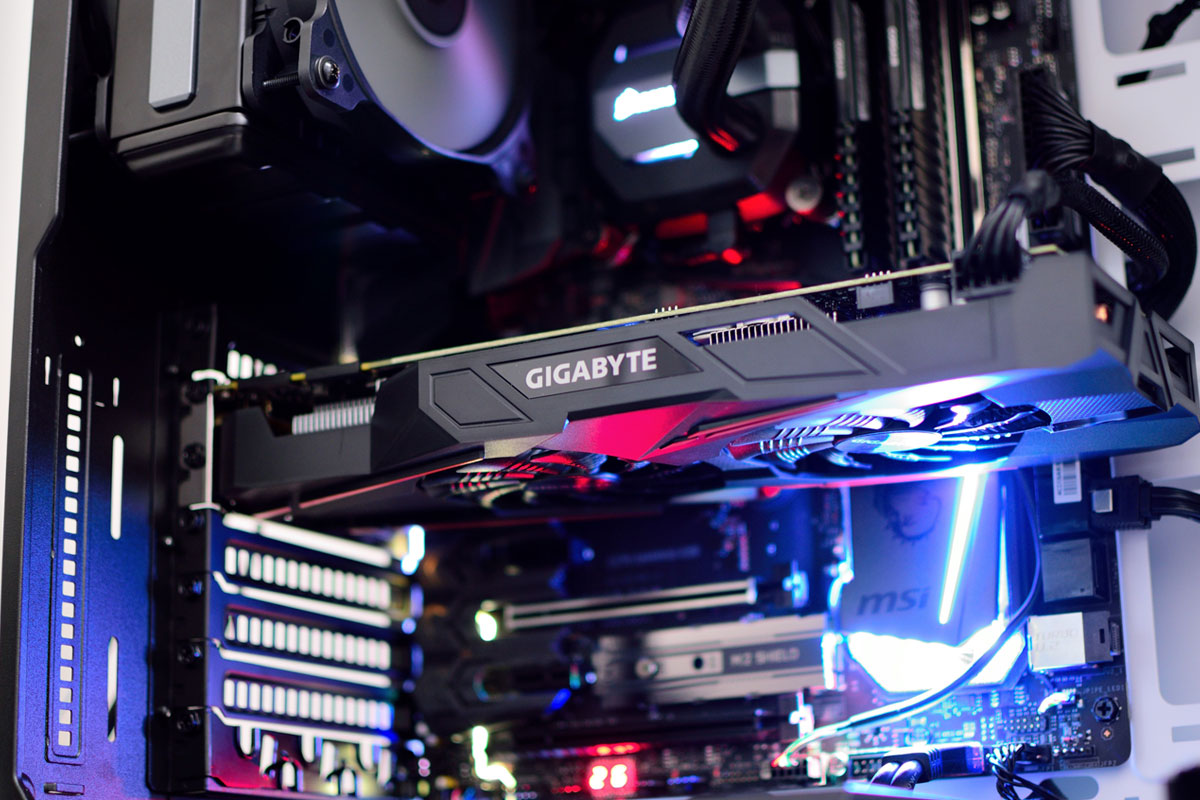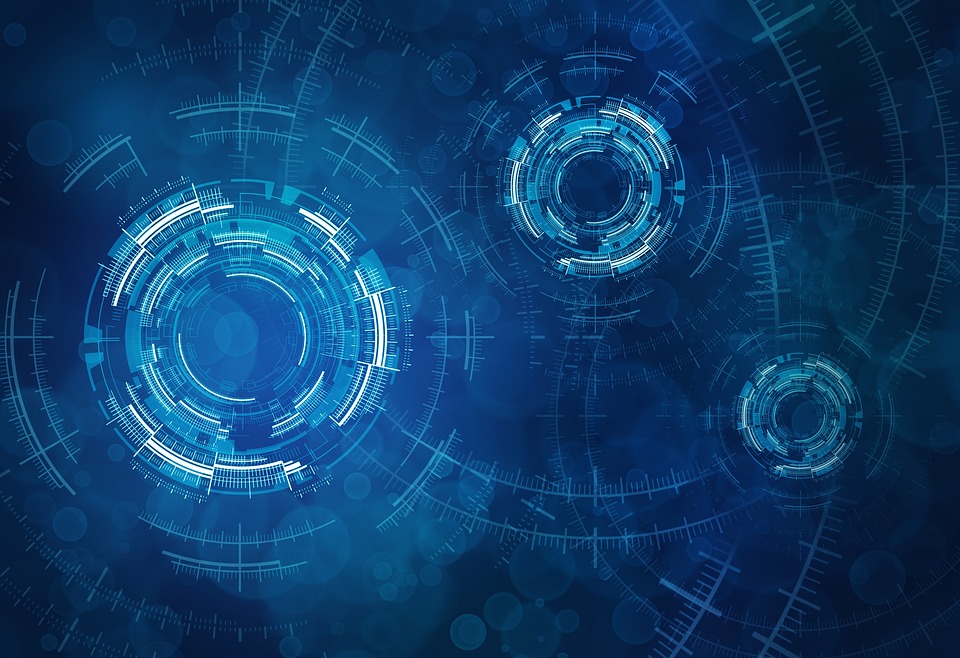Artificial intelligence (AI) is becoming increasingly prevalent in our lives, from the way we shop to the way we communicate. As AI technology advances, so does the potential for malicious actors to exploit it. AI security is an important consideration for anyone who uses AI-powered systems, as it can help protect against malicious attacks and data breaches.
AI security is a broad term that encompasses a variety of measures designed to protect AI systems from malicious actors. These measures can include authentication and authorization protocols, data encryption, and other security measures. AI security also involves monitoring and analyzing AI systems for potential vulnerabilities and threats.
One of the most important aspects of AI security is authentication and authorization. Authentication is the process of verifying a user’s identity, while authorization is the process of granting access to certain resources. Authentication and authorization protocols help ensure that only authorized users can access AI systems and data.
Data encryption is another important aspect of AI security. Encryption is the process of encoding data so that it can only be accessed by authorized users. Encryption helps protect data from unauthorized access and can help prevent data breaches.
AI security also involves monitoring and analyzing AI systems for potential vulnerabilities and threats. This includes monitoring for malicious activity, such as attempts to access data without authorization, as well as analyzing the system for potential weaknesses that could be exploited by malicious actors.
Finally, AI security also involves educating users about the potential risks associated with AI systems. This includes teaching users how to recognize and respond to potential threats, as well as how to protect their data and systems from malicious actors.
AI security is an important consideration for anyone who uses AI-powered systems. By implementing authentication and authorization protocols, encrypting data, monitoring and analyzing AI systems for potential vulnerabilities and threats, and educating users about the potential risks associated with AI systems, organizations can help protect their AI systems from malicious actors.

















